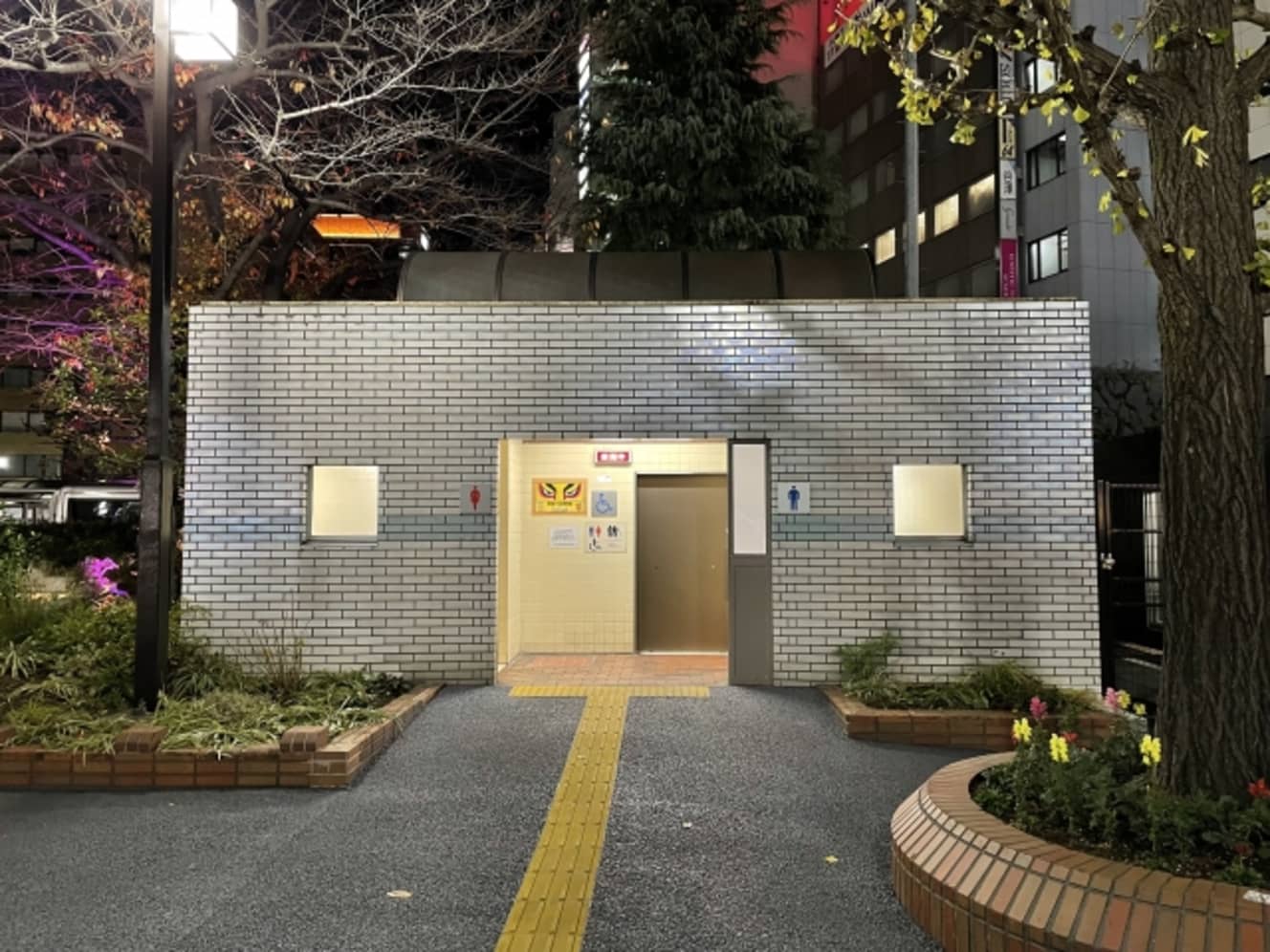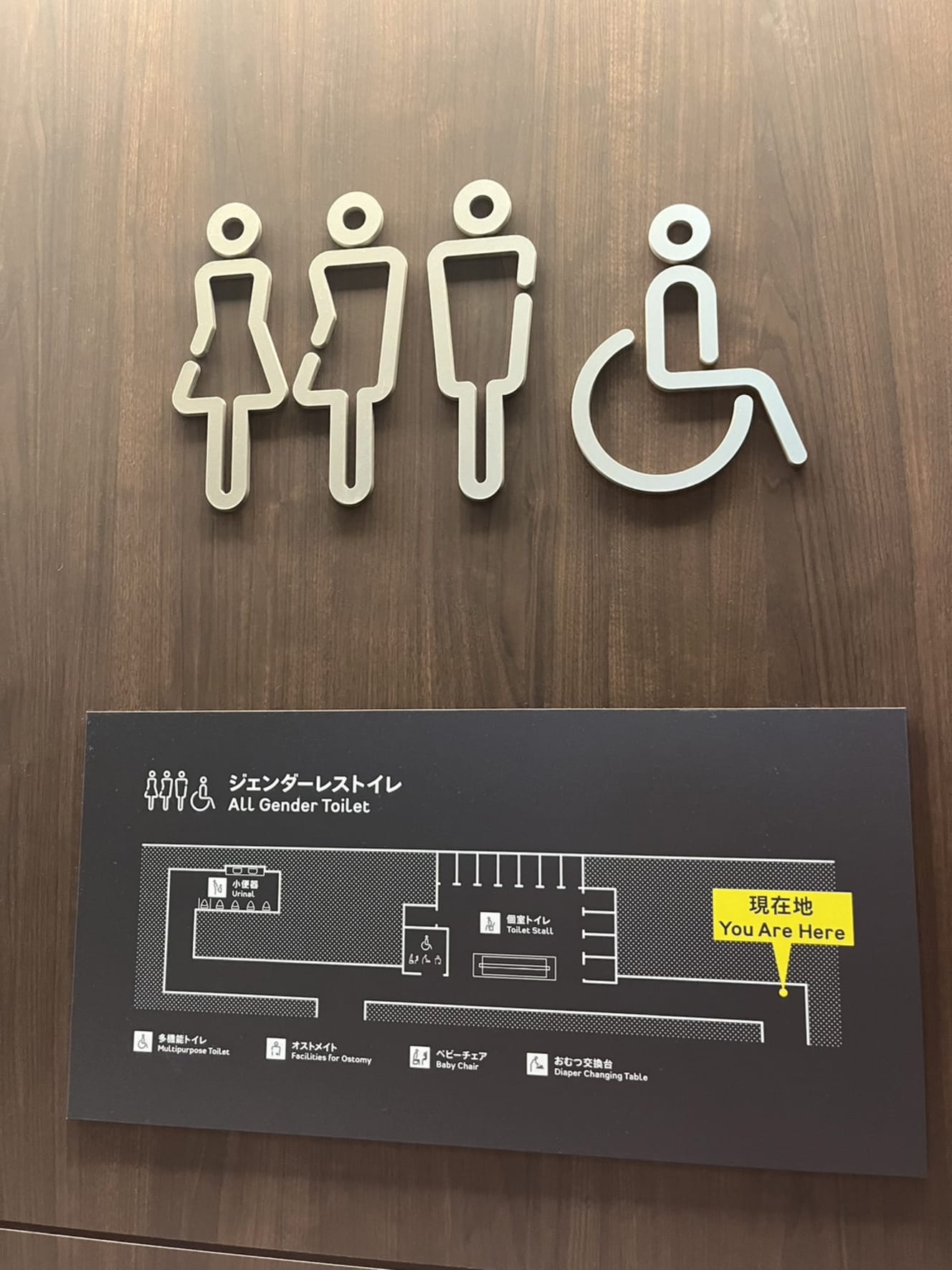Misguided “Genderless Toilets” Create Crime…The Most Dangerous Japanese Toilets in the World
If a crime is committed in a “genderless restroom,” it is the responsibility of the…
Gender-less toilets” have become a topic of conversation in public restrooms in Shibuya Ward and Tokyu Kabukicho Tower. Both of these toilets have a single entrance and a row of private rooms inside.
These toilets are like a crime scene. To begin with, Japanese toilets are not built according to global standards. I would even go so far as to call them the most dangerous toilets in the world.
Mr. Nobuo Komiya, a criminologist, is indignant about this.
Most public restrooms in Japan are of the type “with one entrance in the center, a men’s restroom and a women’s restroom on either side, and a multipurpose restroom in the center. This means that if someone follows you from behind, neither you nor the people around you are likely to feel uncomfortable, and you will be pulled straight into a private room.

In other countries, it is common practice to separate the entrances to men’s and women’s restrooms.
According to the “Crime Victimization Survey” conducted by the Ministry of Justice, sexual assaults occur seven times more often than the number of incidents identified by the police. Since the survey covers those 16 years of age and older, the figure would be 20 to 30 times higher if children younger than that are included. As toilets are said to be hotbeds of crime, most sexual assaults may be occurring in toilets. We must first do something about this current situation.”
In other words, “genderless toilets,” in which both men and women enter through the same entrance, are a no-brainer.
Last month, the World Economic Forum released its “Gender Gap Index,” which evaluates the current status of the gender gap based on data from various countries. According to the index, Japan ranked 125th out of 146 countries. This is a further decline from last year’s ranking of 116th. Japan lacks a perspective that puts itself in women’s shoes. This is why gender-less toilets are created with a “mistaken” viewpoint.
According to Mr. Komiya, in order to prevent crime in other countries, urban development and building design are basically based on the “Opportunity Theory of Crime. Opportunism” is a method of creating places where crime is less likely to occur by incorporating innovations that encourage criminals to give up on crime. From the perspective of criminal opportunity theory, gender-restricted restrooms, such as those being discussed today, are not possible.

In the U.K., it is mandatory to have separate toilets for men and women.
In Japan, “Everybody’s Restroom” was established to accommodate those who need assistance, those who use a colostomy, and those who bring their children with them. Even if a person is physically handicapped, he or she still has a gender, so we basically have four types of restrooms: a men’s restroom, a women’s restroom, a men’s restroom, and a women’s restroom.
However, this makes it difficult for transgender people, who are not comfortable using the restroom of the gender they were assigned at birth, to use the restroom.
If this is the case, we should build “anyone’s restrooms” in addition to men’s and women’s restrooms. We can increase the number of such toilets in response to social demand.
But there are already independent “anyone’s restrooms.
Yes, there are. That would be a genderless restroom. Gender-less toilets,” he said. Gender-less toilets, etc. There are people in every country who think it’s cool to create a cutting-edge atmosphere by calling it a genderless restroom.
In fact, there was a movement in the UK to eliminate women’s restrooms and install genderless toilets for a time.
However, in July 2010, it became mandatory for newly constructed public buildings to have separate toilets for men and women.
In the U.K., the Crime and Disorder Act of 1998 obliges local governments to take crime prevention into consideration in everything they do. Whenever a building is constructed or an urban development is undertaken, an expert in criminal opportunism is always involved.
If a crime occurs because preventive measures were neglected, the local government must pay huge compensation to the victim. So municipalities desperately try to come up with crime prevention measures. So in a lawsuit for damages, the criminal opportunity theory becomes the standard for determining whether or not there is negligence.”

Japan does not consider why convenience stores have all-glass walls on the street side.
In other countries, the environment is created based on the crime opportunity theory as a matter of course. For example, convenience stores born in the U.S. are designed based on this concept. The reason why the street side is entirely made of glass is to make the inside of the store more visible from the outside and to prevent robberies and shoplifting. At the same time, it also aims to reduce the probability of pedestrians being exposed to crime by ensuring a natural line of sight from the store to the street.
In other countries, most universities have a criminology department, but in Japan, there are no universities with a criminology department. So they don’t have the opportunity to know what the glass walls are for.
As a result, they put large posters and bookshelves on the windows, making it difficult to see inside.
There is a concept called the crime triangle. There are three elements that cause a crime: the perpetrator, the victim, and the location where the perpetrator and victim come into contact.
In Japan, however, there is no concept of “location.
Therefore, when a crime occurs, the focus is only on the “offender” and the “victim. All that is talked about is why the crime was committed, how tragic the damage was, ……, and so on. However, the “place” where the crime was committed is not a concern. This is not the way to prevent crimes.
Japan has always been a society where “perpetrators” are unlikely to be born due to peer pressure, organizational constraints, or morality. However, this premise has been greatly undermined. If this is the case, the only way to prevent crime is to take a “place” approach.
Is the myth that Japan is a safe country leading people to neglect criminology?
However, recent incidents show that Japan is no longer safe. The elimination of women’s restrooms and the creation of genderless restrooms has also raised various questions.
The day may soon come when municipalities and companies that have eliminated women’s restrooms as a matter of fashion will be sued.
Nobuo Komiya Professor at Rissho University. D. in sociology. He was the first Japanese to graduate from the Graduate School of Criminology at the University of Cambridge. Worked at the United Nations Far East Crime Prevention Training Institute in Asia and the Ministry of Justice before assuming his current position. He has served as the chairman of the National Police Agency’s Research and Study Group on Safe and Secure Community Development and as the chairman of the Tokyo Metropolitan Government’s Delinquency Prevention and Victimization Prevention Education Committee. He is the author of a book titled “Photo de tsukuru sekai no crime prevention: Ruins, Design, and Community Planning” (Shogakukan). He has appeared on television, been interviewed by newspapers, and given numerous lectures throughout Japan.
Click here for his websiteand YouTube channel “Nobuo Komiya’s Room of Criminology.
Interview and text by: Izumi Nakagawa